California Textile EPR
February 14, 2024
I wasn’t sure what to write about this week- I’ve been really busy with clients (yay) and my brain has been overly full. So I took a mental step back and asked myself what I could write about that feels timely, and California’s textile extended producer responsibility legislation came to mind immediately. It’s been on my mind a lot for the past few months, but I’m no legislation expert, so I haven’t considered it for the newsletter.
And yet… I bet many of you are in a similar place. Watching, trying to understand what it will mean for your business, talking to others about it, some excited, some worried, some with more questions than answers.
So, I’ll share where I’m at with it.
Legislation…. in the US… Finally!
First, I’ll say I’m kind of proud and excited that the single biggest state economically in the United States (and 5th largest economy in the world if it was a country of it’s own) is tackling textile EPR- so thanks to Senator Newman for introducing it. I’ve been kind of…. wistful watching countries in Europe pass different kinds of legislation for the apparel industry. It’s been strange to think that we will just have to learn from how it goes for them and then hope we can get some kind of laws over here, maybe someday.
Especially since - and I hope I’ve made this clear previously in this newsletter - I think legislation and grass roots movements are pretty much the only things that will actually change the fashion industry at scale. So, I’m thrilled that California is working on a law that will send a clear message, a fee-based message to companies holding them responsible, in some manner, for what happens to their products after they are sold, at least in California.
In basic terms, every company that sells more than $1 million in apparel/textiles each year will pay a fee per item (a few cents, but exact numbers aren’t shared yet) on items sold in California that will go towards a producer responsibility organization (PRO). This organization will be responsible for offering public take-back of textiles from individual citizens and directing all of it through responsible reuse, repair, and recycling. So, in theory, Brand X sells 100,000 jeans in California annually. They will pay approximately seven cents per pair of jeans to the PRO for a total annual fee of $7,000. This fee helps to pay for the take-back mechanisms made available to the public (like curbside or public bins) as well as the collection, sorting and responsible next use or recycling of those items. (One key, open question for many brands is what the actual costs will be and what will happen if they already have their own take-back, resale, repair and recycling. In that case should they be required to pay into the program? Or possibly at a reduced rate ?)
The HOW of Legislation
I have been in frequent touch with Joanne Brasch, the Director of Advocacy at the California Product Stewardship Council. CPSC is helping ferry the legislation along, gathering feedback and questions from approximately one million stakeholders (joking, but not really). I can only imagine how many different perspectives Joanne fields on a daily basis, and I can also only assume that many stakeholders have very strong opinions about what this bill should and shouldn’t be.
I’m going to keep going with assumptions. I assume that any new legislation, regardless of how much good it may accomplish will still ruffle the feathers of the people and companies who are already working in the space that is being newly legislated. Actually, isn’t this why lobbyists exist? They are paid to help influence or shape legislation in a manner favorable for their stakeholders. (American Circular Textiles Group has been working to influence this legislation with support from some large apparel and circular services companies.)
So, in the case of California, there have been different kinds of EPR legislation passed recently including for batteries and single use plastic packaging. A key part of extended producer responsibility is getting products back when they are no longer wanted by their owner, for whatever reason, i.e. ‘take-back’. How and where can a person responsibly dispose of their unwanted items? In absence of legislation, this happens in all kinds of privatized ways like:
Staples has electronic, battery, printer cartridge, etc recycling bins
clothing donation bins (owned by many different companies) are present in many parking lots and gas stations
used car pick-ups (you know how NPR is always offering to pick up your old beat up car for free?)
It’s also worth mentioning the flip side, that it’s expensive to throw away certain types of garbage which 1) is annoying and 2) can lead to illegal dumping of things like mattresses.
For California and their growing number of EPR legislated categories, Joanne says:
All of CA’s EPR programs across product types require free and accessible collection sites for the public, and all covered products must be collected at the official program sites. The mission for EPR in CA is to develop publicly accessible and transparent infrastructure to reduce global impacts from textile waste generated in CA.
I think this is interesting and feels very government- as it should. Their legislation is about helping the public citizens easily get rid of certain types of things, regardless of where they got those things in the first place. This is not to say that brands can’t have their own take-back programs; they can (and should, I think). It’s not clear yet how much brands will benefit in this legislation by having their own take-back programs, and that is a really important point that I am keen to understand (well, me and every brand who sells more than $1 million of products annually in California). Joanne says:
The level of detail on those calculations are not in legislation, they are in regulations and plans. The opportunities to advocate for equitable consideration for pre-established take-back programs are: 1) during the needs assessment, 2) during the CalRecycle Regulation creation, and 3) during the Plan writing/review phase. All of these are public hearings/workshops with accessible documentation shared no less than 3 days before the hearing.
Translation: brands and retailers will have a chance to advocate for what they think they should pay, but they have to be aware of the timeline, dates and places to show up. I find this on the one hand cool - we get to be part of actually making legislation- and on the other hand frustrating because it sounds daunting; don’t you dare miss one of those specific moments to try to negotiate the fees you’ll pay or you’ll live to regret it. It kind of reminds me of how I feel when I have to get my street-parking sticker renewed. There’s a whole process and I have to do it on my town’s terms, not mine.
Corporate Tip-Toeing
A large apparel company I was chatting with this week said they are in a bit of limbo, waiting to understand how the fees will impact them, but they said they thought it could cost them $10 million per year. Many of the brands I’ve spoken with about this bill are waiting, waiting to see how the language and fees will shake out before they make any big decisions on how to proceed. It sounds like - no surprise here- there’s a big gap between how corporations make changes and decisions and how legislation is created. Interestingly, I’ve spoken with huge companies who are forging ahead full speed on take-back because this legislation is coming down the pike, and I’ve spoken with huge companies who have put on the brakes and are intentionally shelving take-back plans until they know the exact language in the bill. Personally, the forging ahead is where I’d like to see more companies land.
Sorry for the cliche, but it brings to mind the powerful and overused quote from Theodore Roosevelt. Specifically, “The credit belongs to the man who is actually in the arena, whose face is marred by dust and sweat and blood; who strives valiantly…” To rephrase- CRINGE- “The credit belongs to the brand who actually has a take-back program, a resale program, a repair and recycling program, who is innovating and learning from their stumbles, who isn’t waiting until their feet are held to the fire.” I mean please don’t take me seriously, I’m butchering T. Roosevelt’s words, but you get what I mean.
For my part, I am trying my best to understand how this process is happening, to add my two cents to the mix by participating in the Statewide Textile Recovery Advisory Committee meetings, by talking with brands and trying to understand how they see it and asking as many questions as I possibly can.
In conclusion…
So I guess I’m just trying to say I’m glad Senator Newman is trying to pass a textile EPR law, it’s not a straightforward or easy process, it will not make everyone happy, and we each have to do the best we can to understand it and advocate for what we want it to be.
Feel free to reach out if you have questions or concerns about the legislation, and I’ll do my best to help you understand or connect you with Joanne.
You can also join the coalition and get detailed updates directly from Senator Newman here: https://www.surveymonkey.com/r/supportSB707. There’s a ton of great information in that link! Lastly, there’s some pilots happening in an effort to practice and learn EPR (currently there’s one happening in Los Angeles), and brands can join and get access to the feedstock and recycled fibers coming from the pilot as well as the participating upcyclers, etc.
That’s it for this week- well actually- that’s A LOT for this week!

